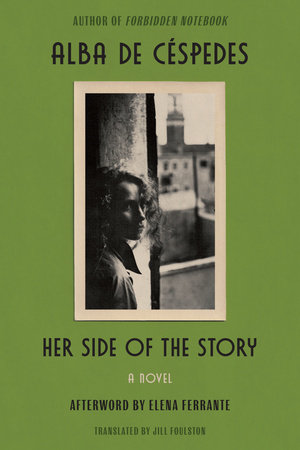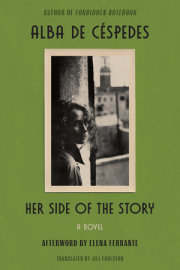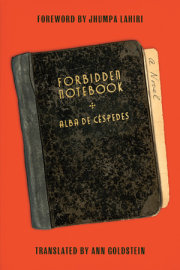Starred Reviews for Michael Cunningham, Jhumpa Lahiri, Ilaria Tuti, and Rebecca Boyle
With starred reviews from publications including Booklist, Kirkus Reviews, Publishers Weekly, and Library Journal—your patrons will want to read these much-anticipated books that reviewers are raving about.





